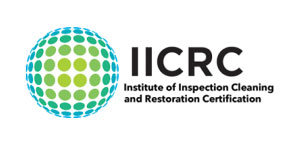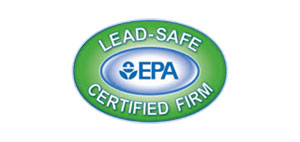Imagine coming home after a long day, only to see a growing stain on your ceiling. Water is slowly seeping through, dripping onto your living room floor. In these moments, panic and uncertainty take over. You might wonder, is ceiling water damage an emergency? The answer depends on understanding the urgency and potential consequences.
Immediate action is key when dealing with ceiling water damage. Delaying repairs can lead to serious structural damage. Also, moisture can cause mold growth, which is harmful to your health. Companies like Lyon Restoration stress the need for quick, professional help to fix both visible and hidden issues.
Key Takeaways:
- Ceiling water damage needs immediate attention to avoid major structural problems.
- Moisture can lead to mold growth, which is dangerous for your health.
- Turning off the water supply and catching excess water are essential first steps.
- Getting in touch with professionals for water damage restoration is highly advised.
- Acting fast is crucial to prevent long-term damage and ensure your safety.
Signs and Causes of Ceiling Water Damage
It’s important to know the signs of ceiling water damage and why it happens. Sometimes, the signs are clear, but other times they are subtle. These signs can mean you need to act fast.
Common Signs of Ceiling Water Damage
There are many signs of ceiling water damage. You might see water stains or ceiling tiles that are sagging. These signs are easy to spot.
But there are also less obvious signs. For example, rust-colored watermarks around lights or soft spots on the ceiling. Mold can grow quickly, in just 48 hours. Swollen walls, sweaty doors, and paint that’s bubbling are all signs of too much moisture.
| Signs of Ceiling Water Damage | Description |
|---|---|
| Water Stains | Visible discoloration and patches on the ceiling. |
| Sagging Ceiling Tiles | Panels visibly drooping from their original position. |
| Rust-Colored Watermarks | Found around fixtures, indicating seepage. |
| Mold Growth | Fungal patches indicating long-standing moisture problems. |
| Swollen Walls and Doors | Expansion due to excessive moisture absorption. |
| Bubbling Paint | Paint lifting from the surface due to underlying moisture. |
Potential Causes of Ceiling Leaks
There are several reasons why ceiling leaks happen. Damaged pipes, weather, or clogs can cause leaks. Showers and bathtubs are also common sources of leaks.
Not enough roofing, from storms or wear, also leads to leaks. Knowing these causes is key. Ignoring them can lead to big repair costs.
Is Ceiling Water Damage an Emergency?
Ceiling water damage needs quick action because it can harm the structure and health. It’s important to act fast to avoid mold and ceiling collapse. Mold can cause allergies and asthma.
Fast action is key. The weather can damage roofs, making quick response crucial. This action stops more damage and reduces the need for repairs.
Conclusion
Water damage on ceilings is a serious issue that needs immediate action. Ignoring it can lead to big problems like structural damage and health risks. It’s important to spot signs like discoloration, mold, and sagging ceilings.
Knowing the causes, like roof leaks or plumbing issues, helps fix the problem fast. Taking quick steps, like stopping water flow and calling experts, is key. Delaying can lead to high costs and more damage.
Being quick to act when you see water damage on your ceiling is crucial. It keeps your home safe and sound. Regular checks and upkeep can help catch issues before they get worse.





